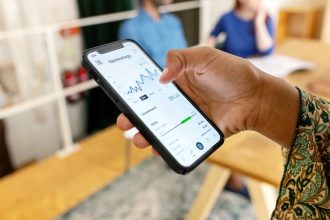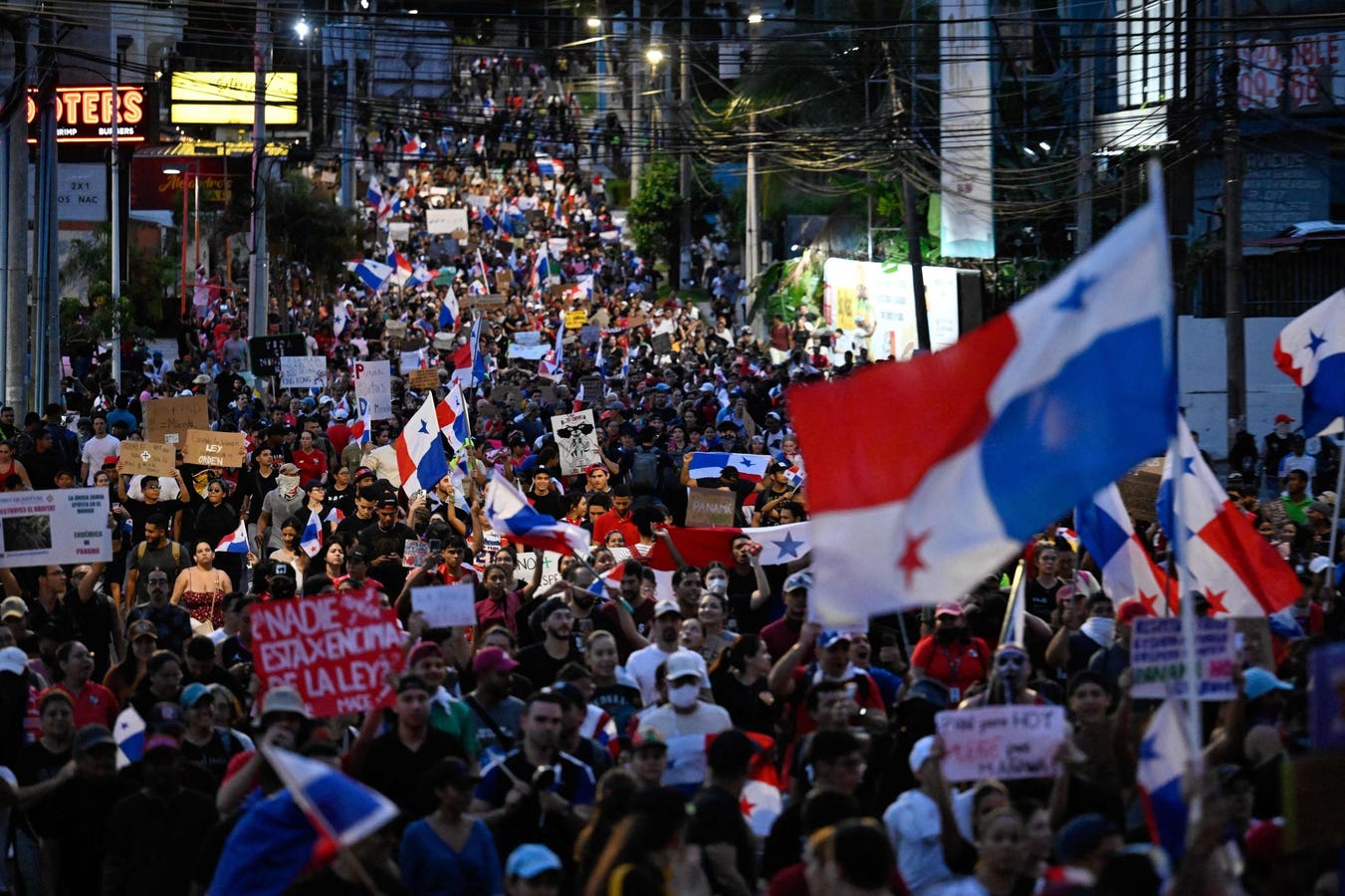Panama has erupted in protests — its biggest since 1987 when the people wanted to depose the military dictatorship of General Manuel Noriega. But environmental, social, and governance concerns cause today’s unrest.
It centers on the Canadian mining company First Quantum, which has produced 350,000 tons of copper since 2019 and added 5% to the country’s total gross domestic product.
But environmentalists oppose such development, maintaining that the nation owns the mineral wealth — not the Canadian miner. Significantly, expanded exploration will disturb the lives of the indigenous population and contradict efforts to preserve the rainforests and keep CO2 releases in check. Moreover, copper mining competes with the Panama Canal and the rainforests for fresh water, while acid mine drainage could harm water quality and safety.
“Our government does whatever it wants with our resources,” says Juan Monterrey, executive director of Geoversity in Panama City and Panama’s former lead climate negotiator, in a talk with this writer. “So protests erupted — 250,000 marching in a country of 4.4 million people. The government is playing the long-term battle, betting the people get tired. It has sold out the country.”
Panama’s highest court will meet to discuss the contract’s legality starting November 24th. The deal requires First Quantum to pay Panamanians $375 million annually over 20 years. President Cortizo of Panama said he would comply with the ruling.
The mining company maintains it operates in an environmentally safe way, and creates jobs for residents. It says the protests have disturbed port activities, causing the reduction of ore processing at Cobre Panama. That will harm 7,000 employees and contractors and an additional 40,000 people who provide services to the mine — 2% of the Panamanian national workforce.
Ironically, the two sides share some common ground. Indeed, First Quantum mines for copper — a strategic raw material critical to the global energy transition. That is because it goes into wiring and motors, necessary components of electrification and, thus, decarbonization.
“Panama is a test case in the race for copper,” says Monterrey. “There are untapped copper reservoirs in Panama and the world. Where will the mining occur? Will it be in the rainforests and other ecosystems rich in biodiversity? Or, most importantly, will it occur where the operation is legal and accepted by locals? Striking a balance between satisfying global needs for copper and addressing local aspirations requires a thoughtful and inclusive dialogue.”
The Mining Site Sits In Vital Forests
Panama’s rainforests absorbed 18.3 million tons of CO2 between 2016 and 2020 — more than the national energy sector emits yearly. That’s why Panama safeguards its trees that host biodiversity, prevent soil erosion, and regulate the water cycle: Between 1947 and 2014, the country lost 6.7 million acres of forest — a fraction of its total — primarily due to ranching and agriculture. Panama is phasing out deforestation and restoring its forest cover.
The country’s primary industries include agribusiness, manufacturing, petroleum products, chemicals, and transport tied to the Panama Canal and Panama City’s airport, which serves 170 destinations worldwide. Meanwhile, international banking is significant, along with mining and tourism. The inefficient agricultural sector is the leading cause of the nation’s greenhouse gas emissions.
The mining site, Cobre Panama, is in the heart of the rainforests. Hence, the dispute. However, the government negotiated the contract out of public view — a deal that gives First Quantum exploratory rights to 32,000 acres for two decades and about 1.5% of the world’s copper.
“First Quantum remains committed and open to constructive dialogue to address the concerns raised by the people of Panama and in the interest of establishing a long-term relationship,” says Bonita To, director of investor relations at First Quantum. “The company reserves the right to protect itself with all options available to it pursuant to its contractual rights and under international law.”
President Jimmy Carter’s experience with the Panama Canal might be helpful. While the United States built the canal in 1914, it became a point of contention, fomenting Panamanian riots in the 1960s. The people saw it as U.S. colonialism: President Carter and Panamanian leader Brig. Gen. Omar Torrijos Herrera thus renegotiated the treaty in 1977, and on Jan. 1, 2000, Panama took control of the canal.
Is There A Balance?
Panama is battling a drought, jeopardizing the operations of the Panama Canal, a conduit for 6% of the global maritime traffic. The dry conditions coincide with the government’s actions to allow mining in the rainforests near the canal’s watershed, meaning that mining and canal interests compete for scarce water supplies.
“The Panama Canal is the only waterway that operates with fresh water and depends on healthy forests and neighboring ecosystems for its operations,” says Geoversity’s Monterrey. “Panama wants investments, but the business must be transparent and aligned with our values. This contract is against the sovereignty of the land, which we hold so dearly.
“Unfortunately, rather than devising a comprehensive long-term plan to transform Panama into a green growth hub, politicians and many among the business elite tend to pursue flashy projects for short-term gain,” he adds. “Mining should only occur when the laws and communities are respected — and the benefits are shared. Panama is open for green and ethical business.”
A logical discussion follows: Is global copper demand more critical than the will of Panama and its people? World markets demand copper, but Panamanians require protection of their natural resources and a new development paradigm. Is there a balance between global needs and locally-determined aspirations?
Businesses hold many of the cards. However, the demand for minerals can’t trump a country’s rule of law. The government must enforce environmental protection and restoration under any set of circumstances.
Panamanian sovereignty and its coveted rainforests and biodiversity are paramount. First Quantum understands this, noting that it has established a goal of 30% reduction in greenhouse gases by 2025 and 50% by 2030 at the project while it continues to reforest.
But this dispute goes much deeper, which the mining company can’t rectify using hard economic and environmental numbers.
“It is a fact that the contract created a colonial enclave,” counters lawyer Publio Cortés, a former Panama vice-minister of finance, in Corporate Knights. “This brings back an unpleasant memory for Panamanians because, for almost a century, we had a colonial enclave of the United States of America in the territories adjacent to the Panama Canal.”
Without critical raw materials like copper, the world can’t build enough electric vehicles and renewable energy plants to meet its climate goals. But cutting down the rainforests to get at those materials is counterproductive — a resource that ensnares 7.6 billion tons globally of CO2 annually. Those forests are also home to indigenous populations, making it much harder for mining companies to win popular support.
Panama’s high court may bring this battle to a head, invariably spawning more legal disputes and civil unrest.
Read the full article here





